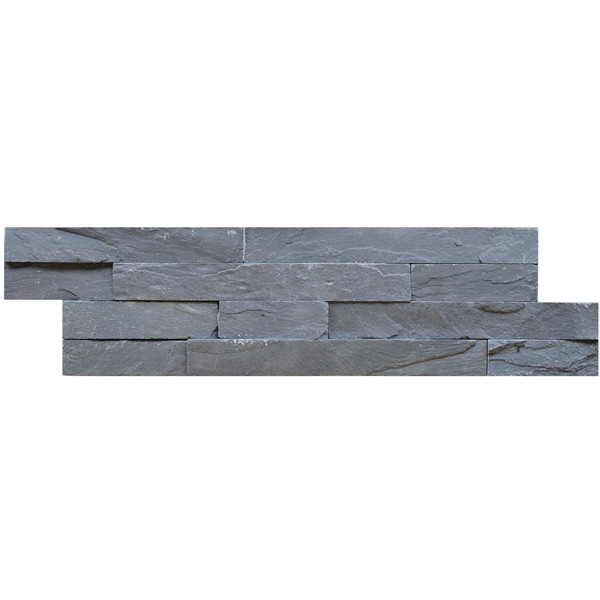Introduction
Stone veneer walls have become increasingly popular in the realm of interior and exterior design. Offering a unique blend of durability, aesthetics, and versatility, stone veneer provides a cost-effective alternative to traditional stone walls. Whether you are looking to add a touch of rustic charm to your living space or enhance the curb appeal of your home, stone veneer walls offer a wide range of benefits. In this article, we will explore the various aspects of stone veneer walls, including their history, types, installation process, maintenance, and design ideas.
History of Stone Veneer Walls
The use of stone as a building material dates back to ancient times when civilizations utilized natural stone for constructing monuments, buildings, and walls. Over the years, the demand for stone walls has evolved, leading to the development of stone veneer as a lightweight and cost-effective alternative. Stone veneer walls gained popularity in the mid-20th century as a practical solution for achieving the look of natural stone without the heavy weight and high cost associated with traditional stone walls.
Types of Stone Veneer
Stone veneer is available in a variety of types, each offering its own unique characteristics and aesthetic appeal. Some of the most common types of stone veneer include:
1. Natural Stone Veneer: Made from real stone that is cut into thin slices, natural stone veneer offers an authentic and textured appearance. It is available in a wide range of colors and patterns, making it a popular choice for both interior and exterior applications.
2. Manufactured Stone Veneer: Also known as faux stone, manufactured stone veneer is made from a mixture of cement, aggregates, and iron oxides to mimic the look of natural stone. It is lightweight, easy to install, and comes in a variety of shapes and sizes, providing endless design possibilities.
3. Brick Veneer: While not technically stone, brick veneer is a popular choice for achieving a rustic and industrial look. Made from clay fired at high temperatures, brick veneer offers durability and a timeless appeal that complements a wide range of architectural styles.
Installation Process
Installing stone veneer walls requires careful planning and attention to detail to ensure a successful and long-lasting result. The installation process typically involves the following steps:
1. Surface Preparation: The surface where the stone veneer will be applied must be clean, flat, and free of debris. Any existing finish, such as paint or wallpaper, should be removed to allow for proper adhesion.
2. Application of Waterproof Membrane: A waterproof membrane is applied to the surface to prevent moisture from seeping into the wall. This step is crucial for protecting the integrity of the stone veneer and ensuring its longevity.
3. Application of Mortar: Mortar is used to adhere the stone veneer to the wall surface. The mortar should be applied evenly and in the correct thickness to ensure a secure bond between the stone veneer and the wall.
4. Installation of Stone Veneer: The stone veneer pieces are carefully placed on the wall surface, starting from the bottom and working upwards. Proper spacing and alignment are essential to achieve a uniform and aesthetically pleasing result.
5. Stepping stone ideas for inspiration and Sealing: Once the stone veneer is installed, grout is applied between the stones to fill in any gaps and create a seamless finish. Finally, the entire surface is sealed to protect the stone veneer from stains and moisture.
Maintenance
Stone veneer walls are relatively low-maintenance compared to traditional stone walls, but regular care is essential to preserve their beauty and longevity. Here are some tips for maintaining stone veneer walls:
1. Cleaning: Regularly clean the stone veneer walls with a mild detergent and water to remove dirt, dust, and debris. Avoid using harsh chemicals or abrasive cleaners that can damage the stone veneer.
2. Sealing: Periodically reseal the stone veneer walls to protect them from moisture and stains. Consult with a professional to determine the appropriate sealer for your specific type of stone veneer.
3. Inspections: Inspect the stone veneer walls for any signs of damage, such as cracks, chips, or loose stones. Address any issues promptly to prevent further damage and ensure the structural integrity of the walls.
Design Ideas
Stone veneer walls offer endless design possibilities that can enhance the aesthetic appeal of any space. Whether you prefer a modern, rustic, or traditional look, stone veneer walls can be customized to suit your style. Here are some design ideas to inspire your next project:
1. Accent Wall: Create a focal point in your living room or bedroom by installing a stone veneer accent wall. Choose a bold color or texture to make a statement and add visual interest to the space.
2. Outdoor Kitchen: Transform your outdoor kitchen or patio with a stone veneer backsplash or island. The natural texture and warmth of stone veneer will complement the outdoor setting and create a cozy atmosphere for entertaining guests.
3. Fireplace Surround: Upgrade your fireplace with a stone veneer surround to add a touch of elegance and sophistication to your living room. Choose a neutral color palette for a timeless look or opt for a bold pattern for a more contemporary feel.
4. Entryway: Make a grand entrance with a stone veneer wall in your entryway. Enhance the curb appeal of your home with a welcoming and stylish design that sets the tone for the rest of your interior space.

Conclusion
Stone veneer walls offer a versatile and cost-effective solution for enhancing the aesthetic appeal of any space. Whether you are looking to add a touch of rustic charm to your living room or create a statement wall in your outdoor kitchen, stone veneer provides endless design possibilities. By understanding the history, types, installation process, maintenance, and design ideas associated with stone veneer walls, you can make an informed decision on how to incorporate this timeless material into your home.
